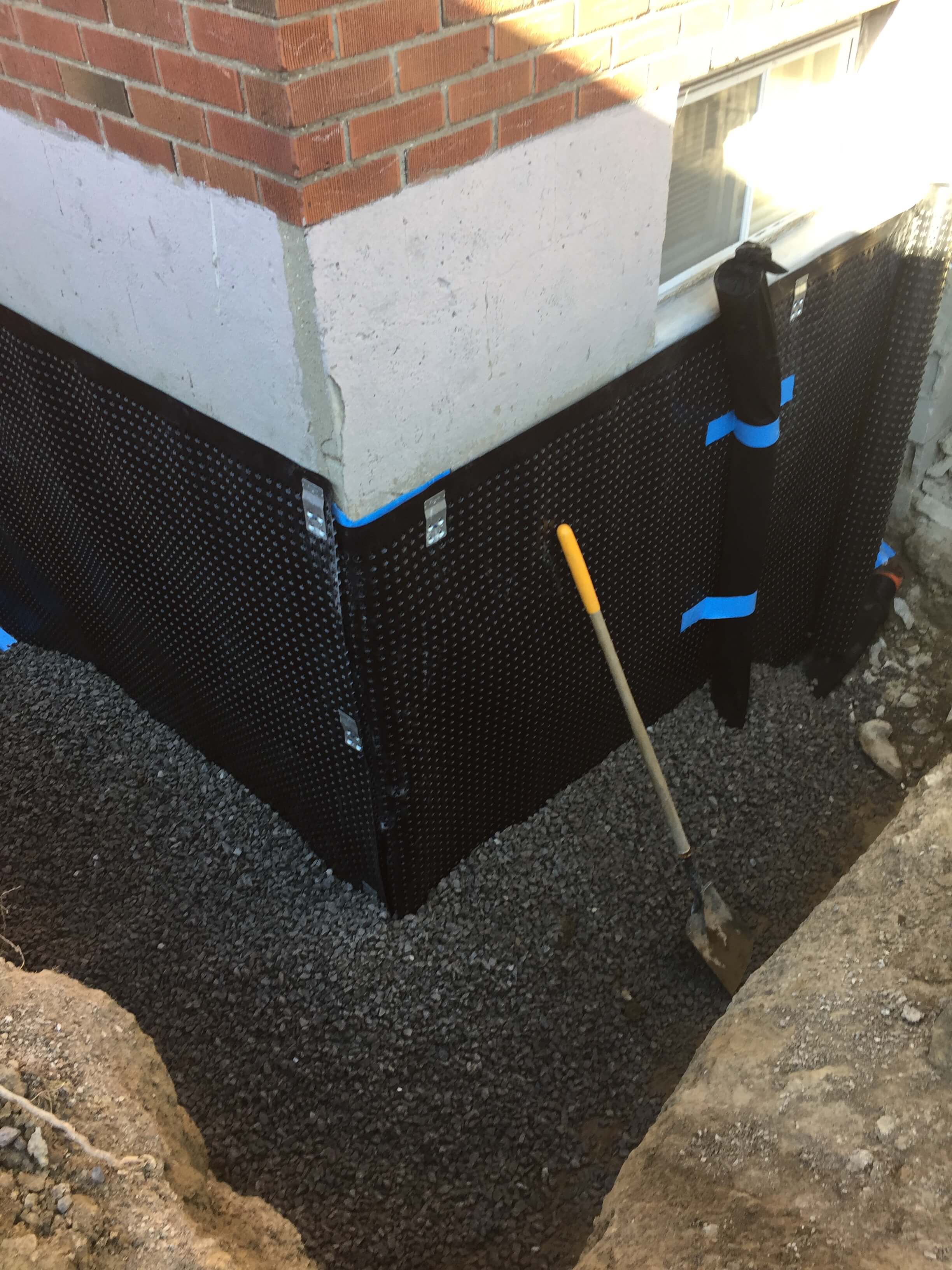A Price of Waterproofing Solutions: Is It Worth It?

Water proofing is often an overlooked aspect of home and building maintenance, yet its value cannot be overstated. For homeowners and landlords alike, grasping the significance of waterproofing is essential to guaranteeing the stability and endurance of buildings. From avoiding costly water damage to reducing mold development, effective waterproofing strategies serve a key role in protecting your investment. This piece will explore the multiple elements of waterproofing, showcasing why it is necessary for all house and building.
As we journey through the field of waterproofing, we will delve into the comprehensive guide to what you need to know, from recognizing signs your home requires immediate attention to common myths that need debunking. Whether you are looking into DIY techniques or employing a specialist, comprehending the costs and benefits of waterproofing can save you significantly in potential repairs. Join us as we discover the various aspects of waterproofing and determine whether the cost is truly justifiable for your assets.
Value of Waterproofing
Waterproofing is an essential aspect of upholding the integrity and endurance of a house or building. It serves as a defense against water, preventing water from penetrating into structures where it can cause significant damage. This is particularly vital in regions prone to intense rainfall or flooding. Not only does waterproofing protect against liquid damage, but it also improves the strength of materials used in construction, ultimately protecting your asset.

Ignoring the need for moisture protection can lead to a host of difficulties, including mold, structural damage, and rising maintenance costs. Water intrusion can destabilize foundations and promote unhealthy habitats due to damp conditions. By proactively waterproofing your building, you can avoid these costly repairs and provide a safe and healthy environment for your family or tenants.
In addition to preventing damage, waterproofing can also boost energy efficiency in structures. By keeping out moisture, you reduce the risk of energy loss and can keep a stable indoor climate. This not only leads to a more enjoyable living space but also results in lower electricity expenses, making waterproofing not just a safeguard, but also a cost-effective choice.
Benefit-Cost Assessment of Waterproofing
Investing in waterproofing can feel intimidating at first glance, particularly when homeowners consider the initial costs. However, the prolonged savings linked with moisture proofing generally outweigh these initial expenses. For instance, properties that are adequately waterproofed are less likely to suffer from water damage, mold, and structural deterioration. By preventing these issues, property owners can avoid expensive repairs and save a considerable amount of dollars in repair and renovation work that may be necessary for a neglected property.
The advantages of moisture proofing extend beyond mere cost savings. Many homeowners find that waterproofed spaces contribute positively to their overall comfort and property value. For instance, a dry and properly kept basement not only provides additional usable space but also boosts the property's appeal. Additionally, areas that are resistant to moisture reduce the risk of health-related issues stemming from mold and mildew, leading to a more wholesome living environment for occupants.
In addition, waterproofing can result in enhanced energy efficiency. Moist or saturated structures can lead to higher heating and air conditioning costs, as moisture can harm insulation and overall climate management. By investing in proper waterproofing techniques, property owners may discover reduced utility bills in addition to the ameliorated comfort of their homes. Assessing the comprehensive cost-benefit analysis reveals that focusing on waterproofing can yield significant returns on investment over time.
Determining the Appropriate Moisture-Proofing Options
Determining the appropriate waterproofing solutions for your house requires a detailed understanding of your specific needs and the surroundings. Consider considerations such as the local climate, ground types, and the type of property you own. For illustration, if you live in an area susceptible to heavy rainfall or flooding, you might require a more resilient exterior waterproofing system to protect against moisture intrusion. Conversely, for Aluneed basement waterproofing with less intense weather, indoor options may be adequate to manage moisture amounts.
Afterward, evaluate the various types of waterproofing methods available. Interior waterproofing methods, such as coatings and barriers, can be effective in preventing water from penetrating walls and ground. However, outdoor waterproofing usually includes excavation and installation of water management systems, which can be more pricey but provides long-term safeguarding. It's important to weigh the benefits and drawbacks of each technique, taking into account elements like price, effectiveness, and the inconvenience each technique may create during setup.
Finally, consult professionals to ensure you pick the best materials and methods tailored to your individual context. A skilled moisture-proofing specialist can inspect your home, recommend appropriate strategies, and provide valuable information into the newest advancements. Note that, investing in the best waterproofing solutions now can avoid costly repairs in the future, protecting your building from moisture damage and increasing its lifespan.
